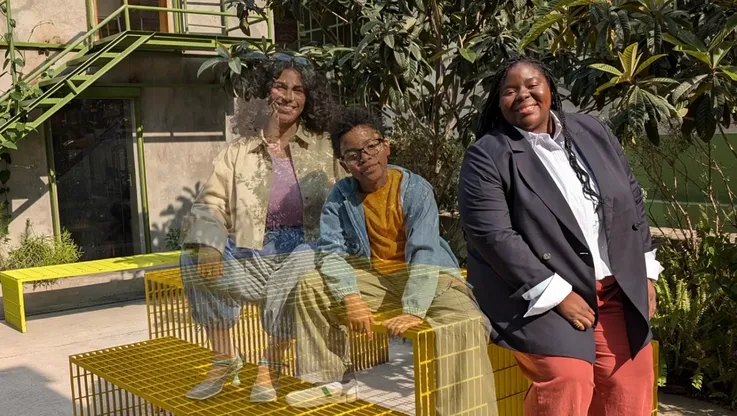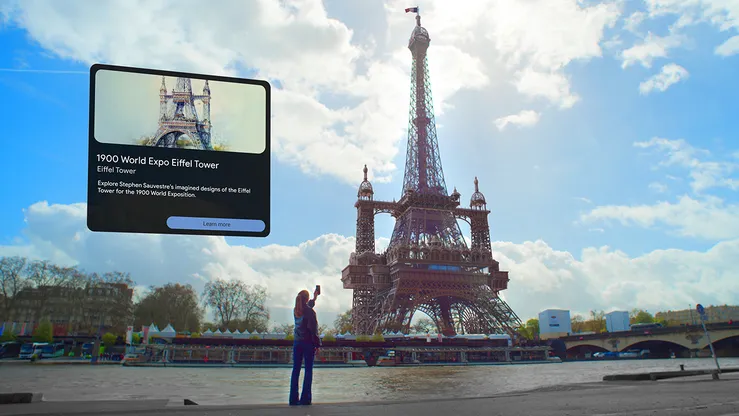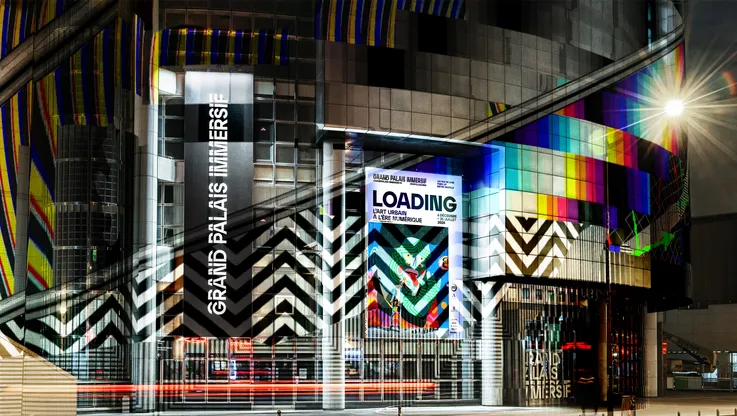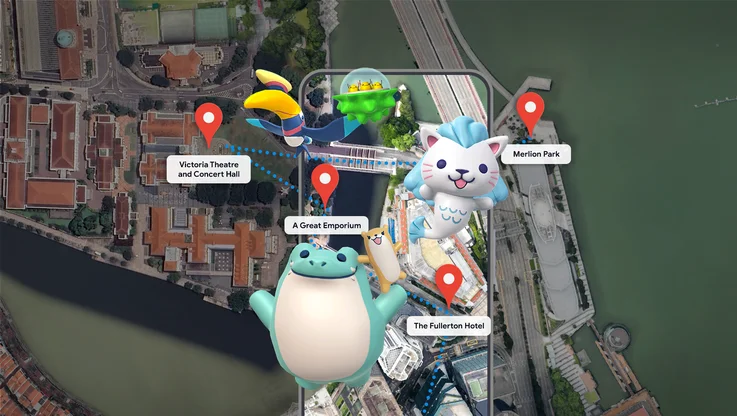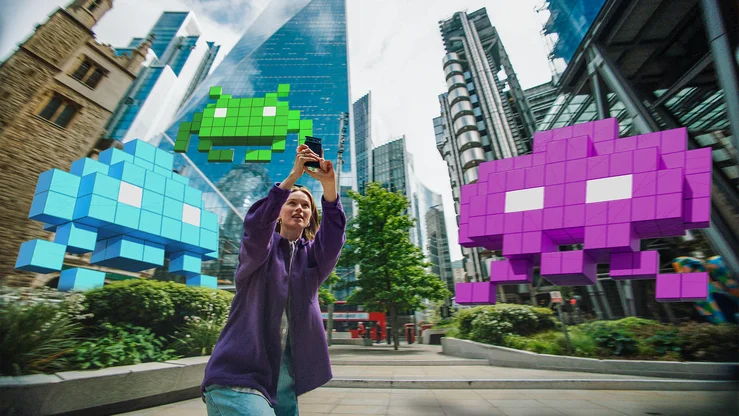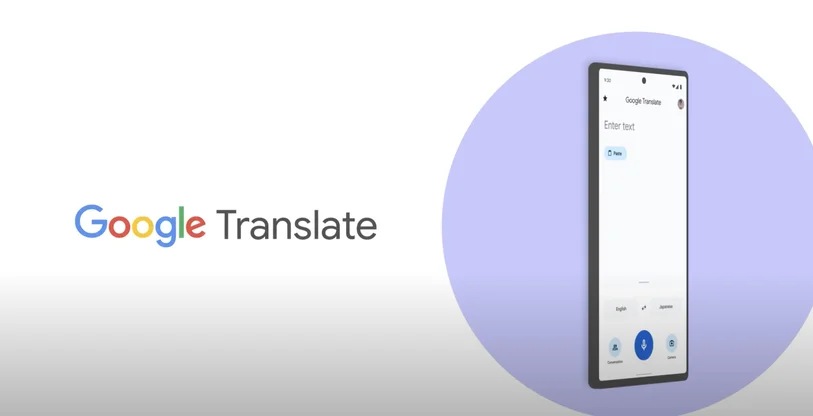Building for Daydream gets easier with new tools

With Daydream, our goal is to enable developers to build high-quality mobile VR experiences. We’re always trying to make the development process easier and more efficient, helping you focus on innovation by providing tools to optimize your apps, interactions, and workflow. With that in mind, we have some new updates and features for our tools.
Performance HUD
We built the Daydream Performance Heads-up Display (HUD), so you can easily monitor key performance metrics in VR, without removing your headset. With the Performance HUD, you get at-a-glance visibility into information about frame rate, process memory usage, thermal throttling status, and platform-specific metrics. So whether you’re an artist understanding how your assets are affecting performance, an engineer checking how your rendering parameters are affecting frame rate, or doing QA checks for issues and regressions, the Performance HUD makes it much easier to see what you need while working in VR.

Three new Daydream Elements
VR development is evolving rapidly, and we’re continuing to work on new ways to address its physiological, ergonomic, and technical challenges. Daydream Elements is a collection of tested solutions that showcases best practices for immersive design. You can check out the first six Elements here, and this release adds three more.
Great mechanics for object manipulation are key for making a VR experience feel immersive. This demo shows how developers can simulate weight on objects to make them feel lighter or heavier, and how to tune hinges and sliders so they behave in ways that feel natural for common interactions like opening doors and closing drawers.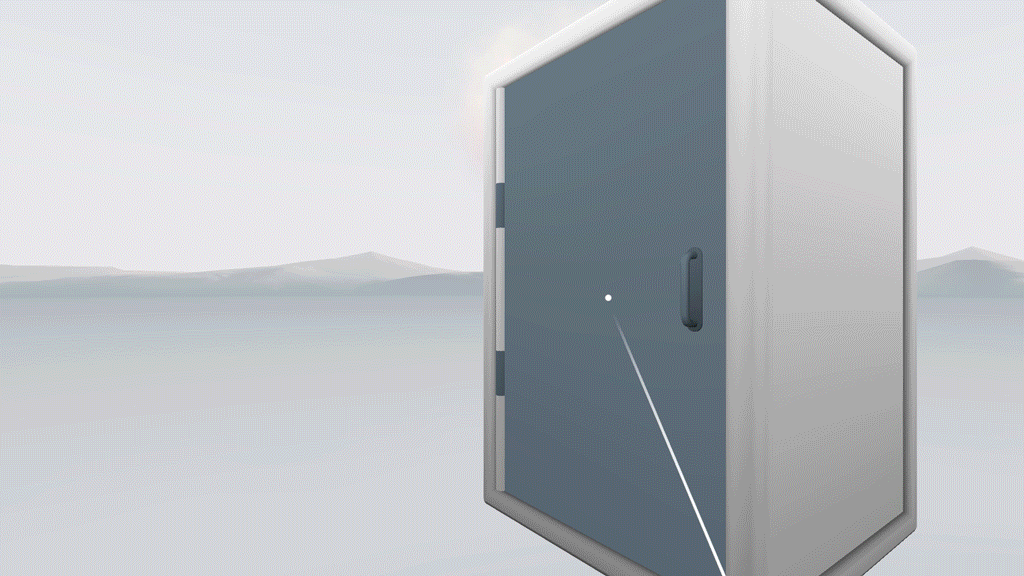
The Constellation menu demonstrates a gesture-based interaction model that helps users navigate deep information hierarchies in a simple, responsive way. This helps with item inventories, file directories, and enterprise applications with large feature or data sets.
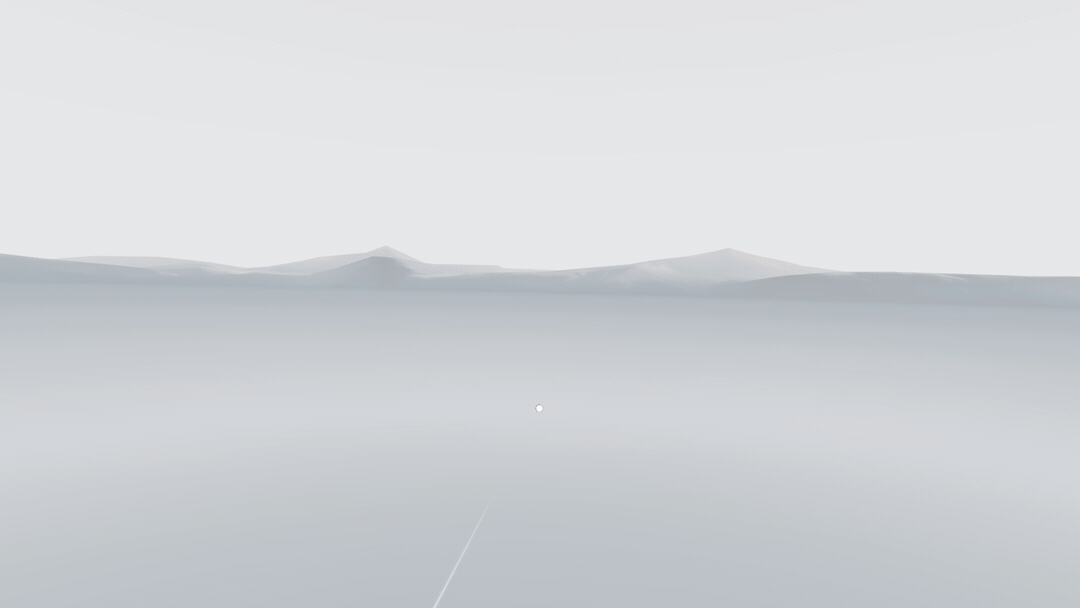
The Arm Model demo shows how you can use mathematical arm models to approximate the physical location of the Daydream controller in VR. You can then simulate the interactions of a fully tracked (rotation and translation) controller with a controller that only tracks rotation. Tuning custom arm models from scratch can be a complex process, but when done correctly, the arm model provides a fluid and natural interface for a wide range of different gestures. This demo includes a number of custom models specifically tuned to simulate different types of controller interactions.
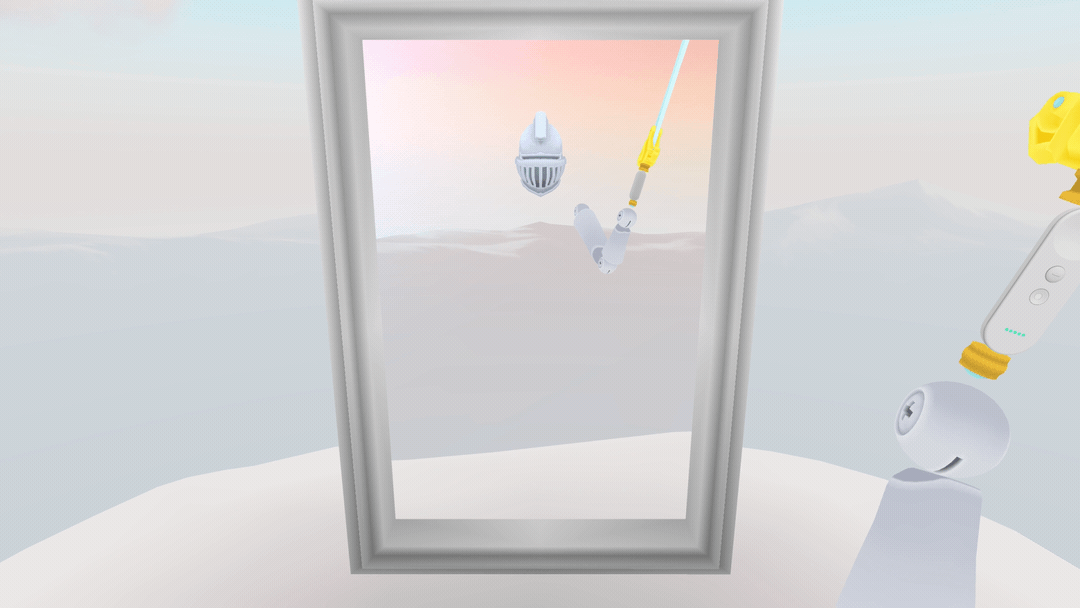
Making Instant Preview even smoother
Instant Preview lets you make changes in Unity or Unreal editor previews and see them reflected instantly in VR, on device, skipping the need to compile and re-deploy projects to see a new change. This enables more efficient development and tight iteration cycles. With the V1.1 release for Unity, Instant Preview is even faster, smoother and easier to use.
In addition to being able to connect over USB, you can also now connect your phone to the PC via WiFi.

New support for Metal on OSX makes Instant Preview run even better, giving developers a noticeably smoother experience on Mac. V1.1 also includes lots of other little goodies like controller emulator compatibility, the ability to see the controller battery level on the rendered controller, and a new streamlined setup process that lets you auto-push the APK to your phone and get started with Instant Preview immediately.
You can check all these tools out on the Google VR developer site, and we look forward to your feedback and input.